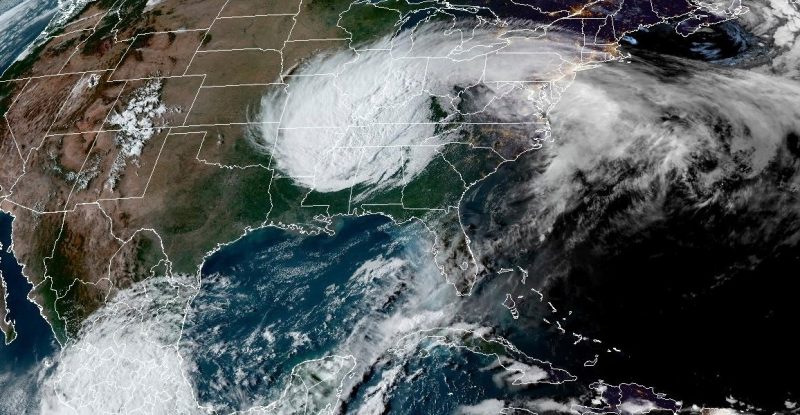
Hurricane season has officially begun in the Atlantic, and while predictions suggest a less extreme season than the devastating 2024, forecasters still anticipate above-average activity. The National Oceanic and Atmospheric Administration (NOAA) predicts six to ten hurricanes, with three to five reaching major hurricane status. Other reputable forecasts echo this prediction of a busy season.
This forecast raises serious concerns, particularly given the state of NOAA and FEMA under the current administration. Significant budget cuts and staff reductions, including within hurricane forecasting teams, have left these agencies significantly weakened. Hundreds of employees have been lost, impacting the accuracy and timeliness of crucial weather forecasts and disaster response efforts.
The unusually warm Caribbean waters are a primary driver behind this forecast. This warmth, fueled by climate change, provides the energy hurricanes need to form and intensify. While the Atlantic has cooled slightly from last summer’s record highs, the long-term warming trend remains a major concern.
Another factor is the current neutral phase of the ENSO cycle. While this avoids the hurricane-suppressing effects of El Niño, it also lacks the favorable conditions of La Niña, leading to increased unpredictability in storm formation and intensity.
Despite assurances from Commerce Secretary Howard Lutnick about NOAA’s preparedness, climate scientists are deeply skeptical. They point to the significant staff losses at NOAA and FEMA as evidence of a dangerously weakened capacity to respond effectively to hurricanes. The lack of key personnel in National Weather Service offices along the Gulf Coast, coupled with reduced weather balloon launches due to understaffing, threatens the accuracy and timeliness of crucial warnings and evacuation orders.
The situation is further exacerbated by the White House’s proposed budget cut of roughly $2 billion to NOAA’s funding. This proposed cut, along with concerns about FEMA’s reduced response capabilities, highlights a critical gap between official pronouncements of preparedness and the on-the-ground reality faced by those responsible for protecting communities from the devastating impacts of hurricanes. Former directors of the National Weather Service have even issued an open letter expressing alarm about the potential for needless loss of life due to understaffing and funding cuts.
The coming hurricane season presents a significant challenge, not just due to the predicted increased activity, but also due to the weakened state of the agencies tasked with protecting vulnerable populations. The potential consequences of this combination are deeply troubling and underscore the urgent need for adequate funding and staffing of NOAA and FEMA.










